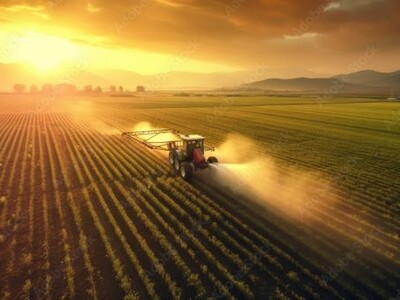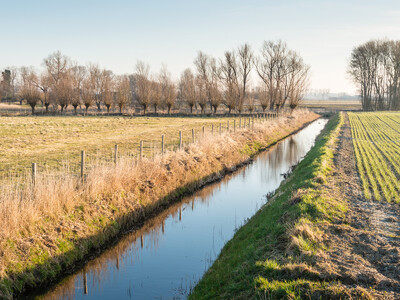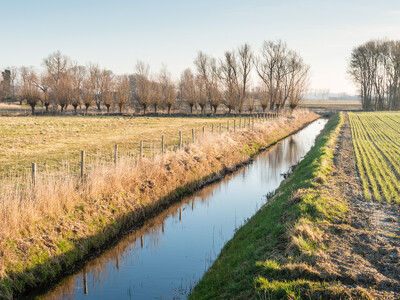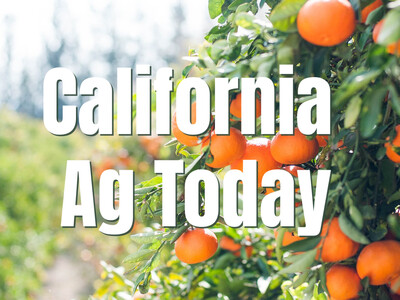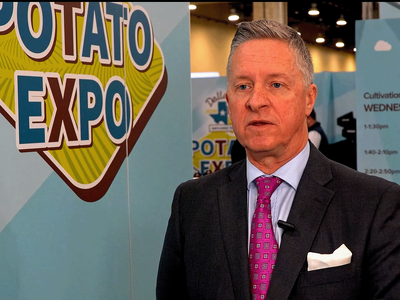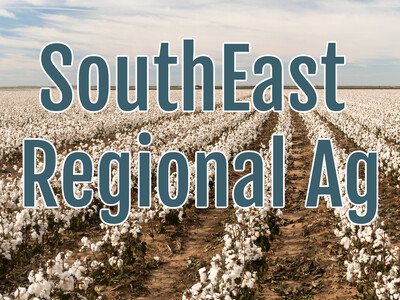SoilWeb
SoilWeb. I’m Greg Martin with today’s Line On Agriculture.
If you are a farmer or even a backyard gardener, knowing what is in your soil is extremely important. Now there is an easy way to get a good idea of what kind of soil you are dealing with before you get started with planting. It’s called SoilWeb and it’s as close as your smart phone or computer. Dylan Beaudette, soil scientist with the NRCS was a co-creator of the app.
BEAUDETTE: We were faced with a lot of people making inquiries into the soil survey and we had our own questions. And we were searching for a way to kind of quickly access a condensed version of the existing SSURGO database. So the existing digital version of the National Cooperative Soil Surveys product. It started with a web based interface and then it turned into a Google Earth based interface.
Beaudette say the natural progression at that point was into a smartphone app and it has become very successful.
BEAUDETTE: It’s important to point out that SoilWeb uses a snapshot of the official soil survey data so until we work out a method for automatically synching up to the official data, we’re currently working on that right now - this is the little disclaimer that I have to say - any decisions that are based on soils information, they should be double checked first with the current data using the web soil survey and even better calling in to the local NRCS office to possibly get a site visit.
I loaded the app on my iPhone and was instantly given a general overview of the kind of soil typically found in my area.
BEAUDETTE: SoilWeb gives you immediate access to a graphical description of the soils that you might be likely to find wherever you are standing. So these are little sketches that show horizon boundaries, their depths, some representative colors and horizon designations. Along with taxonomy and landscape position where you might expect to find these.
The free app is available for both iPhone and Android phones. The graph shows some basic information.
BEAUDETTE: This is the expected soil depth, these are the types of horizons I might find and then by clicking on that profile it will take you to a plain English narrative of each horizon, the geographic setting and any limitations that soil may have. So those pictures and their quick links to the official series descriptions, that’s probably going to be the most commonly accessed level of information. For educators or students or researchers, we’re trying to reach several different audiences all at the same time.
That’s today’s Line On Agriculture. I’m Greg Martin on the Ag Information Network.





